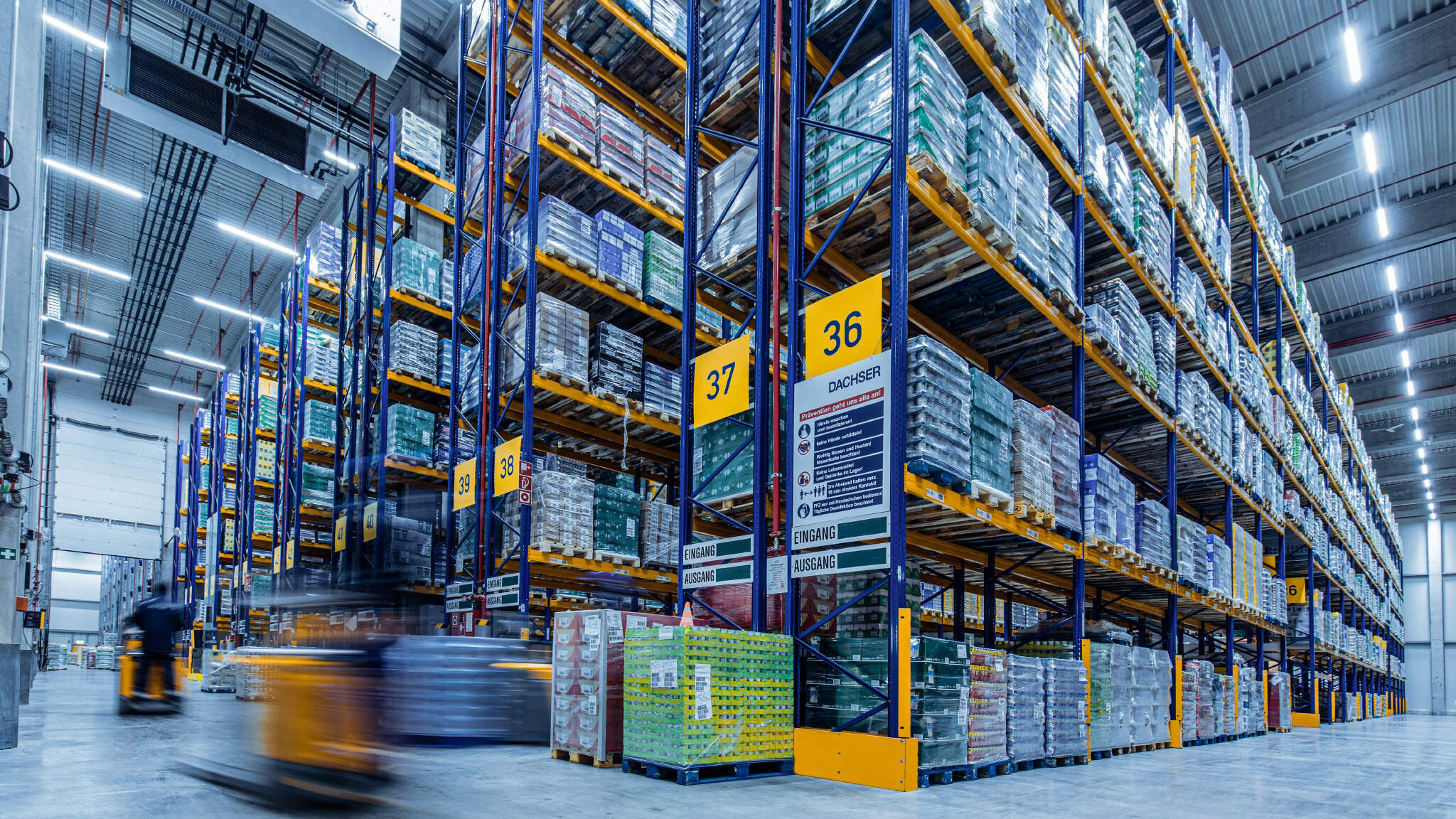Ready to turn insight into action?
We help organisations transform ideas into measurable results with strategies that work in the real world. Let’s talk about how we can solve your most complex supply chain challenges.

The Urgency of a Clean Energy Future
Australia’s energy landscape is undergoing a once-in-a-century transformation. The transition to renewable energy—solar, wind, hydrogen, and battery storage—is essential for decarbonisation, energy security, and economic growth.
However, this transition is not just an engineering challenge. It is a supply chain challenge. The shift from fossil fuel-based power to renewables requires reliable and resilient supply chains for:
- Renewable energy infrastructure, including solar farms, wind turbines, and battery storage
- Grid modernisation and network expansion, including transmission lines and substations
- Maintenance, repair, and operations (MRO), including spare parts and critical maintenance strategies
Yet, Australia faces serious bottlenecks that could delay or derail its clean energy ambitions. Without a coordinated approach from energy providers and government, supply chain disruptions could lead to cost overruns, project delays, and increased energy prices.
This article explores the key supply chain challenges for Australia’s clean energy transition and what industry and government must do to overcome them.

1. Lessons from Australia’s Last Large-Scale Infrastructure Rollout: The NBN
One of the most instructive case studies for understanding supply chain risks in large-scale infrastructure deployment is Australia’s National Broadband Network (NBN). Originally envisioned as a world-class fibre-optic network, the NBN rollout faced a range of challenges, including delays, cost overruns, supply shortages, and workforce constraints—many of the same issues that now pose risks to the clean energy transition.
A key factor that added complexity to the project was the influence of political decision-making on the phasing of the rollout. While private infrastructure projects are typically guided by demand-driven modelling and supply chain optimisation, the NBN’s deployment had to balance these considerations with the need to deliver infrastructure equitably across the country. As a result, sequencing decisions were sometimes shaped by political and social priorities rather than purely logistical efficiency.
While these decisions were made with good intentions—particularly in ensuring that underserved communities received connectivity—the impact on project execution was significant. The rollout encountered inefficiencies in workforce allocation, fragmented supply chains, and increased costs due to rework and logistical challenges. This experience highlights an important lesson for Australia’s clean energy transition: achieving a balance between political, social, and logistical considerations is essential. Without careful supply chain planning from the outset, there is a risk that well-intended policy decisions could inadvertently lead to cost escalations and delays in the broader transition.
Key lessons from the NBN rollout include:
- Supply Chain Planning Must Be Proactive, Not Reactive: The NBN suffered from global supply shortages of fibre-optic cables, network equipment, and skilled technicians—issues that were not sufficiently preempted in planning phases. Similarly, Australia’s clean energy shift relies heavily on imported solar panels, wind turbines, and battery storage. Without advanced procurement strategies and local manufacturing incentives, renewable energy projects will face similar cost escalations and delays.
- Workforce and Skills Gaps Can Derail Deployment Timelines: The NBN rollout was hindered by a shortage of trained fibre-optic technicians. Likewise, the clean energy transition depends on electrical engineers, wind turbine technicians, and battery specialists—professions currently in short supply in Australia. Investing in training, apprenticeships, and migration pathways must be a government and industry priority to avoid repeating the NBN’s workforce bottlenecks.
- The Right Infrastructure Decisions Must Be Made Early: The NBN’s shift from full fibre-to-the-home (FTTH) to a mixed technology model was largely due to cost and deployment pressures. If similar mid-project compromises occur in clean energy—such as scaling back large-scale grid transmission investments or reducing battery storage commitments—Australia risks building a system that is not fit for purpose in the long term. Governments and energy providers must ensure that infrastructure planning is future-proof and not dictated by short-term cost pressures.
- Phasing and Rollout Planning Must Consider Supply Chain Efficiencies: The clean energy transition must be designed with a logistically and operationally viable rollout sequence, rather than an approach dictated by short-term political priorities. This means ensuring that supply chains for key components are well-mapped and secured before deployment begins, that workforce availability is balanced across multiple regions, and that infrastructure development is aligned with grid capacity and demand needs.
By learning from the mistakes of the NBN, Australia can build a more resilient supply chain for clean energy, ensuring faster, more cost-effective deployment of renewables.
2. Network Design and Transmission Infrastructure
The Challenge: Outdated Grid Infrastructure
Australia’s current electricity grid was designed for large, centralised coal and gas power plants. Renewable energy, however, requires a decentralised network with power generation coming from hundreds of wind and solar farms spread across the country.
Some of the critical bottlenecks include:
- Lack of high-voltage transmission lines to connect new renewable projects
- Grid congestion and instability due to increased decentralised generation
- Supply chain delays for transmission components, including conductors, transformers, and switchgear
What Must Be Done?
Government Action:
- Fast-track investment in new transmission corridors, such as New South Wales’ Renewable Energy Zones
- Expand interconnectors between states to improve grid flexibility
- Streamline regulatory approvals for large-scale infrastructure projects
Industry Action:
- Conduct supply chain risk mapping to identify sourcing risks for transmission materials
- Stockpile critical components to reduce lead time risks for transformers and conductors
- Invest in grid digitalisation, including artificial intelligence-driven demand forecasting and load balancing
If transmission networks are not expanded ahead of time, Australia risks significant delays and cost blowouts in its energy transition.
3. Infrastructure and Component Supply Chain Constraints
The Challenge: Reliance on Imported Components
Australia imports most of its renewable energy infrastructure from overseas, including solar panels from China, wind turbines from Europe, China, and the United States, battery storage systems from South Korea, China, and Japan, and hydrogen electrolyzers from Europe and the United States.
Supply chain risks include:
- Geopolitical tensions and trade restrictions impacting solar and battery imports
- Shipping bottlenecks leading to increased freight costs and delays
- Component shortages, resulting in long lead times for wind turbine blades and grid-scale batteries
What Must Be Done?
Government Action:
- Incentivise domestic manufacturing of clean energy components
- Invest in Australian-based battery supply chains, including lithium and rare earth processing
- Diversify import sources to reduce reliance on a single country
Industry Action:
- Build local supply chain resilience by partnering with Australian manufacturers
- Secure long-term procurement contracts to lock in pricing and availability
- Develop circular economy initiatives, such as recycling and refurbishing components to reduce waste
A more localised supply chain will reduce Australia’s vulnerability to external shocks and improve the cost and speed of clean energy deployment.
Supply Chain Readiness is the Key to Energy Transition Success
Australia has the natural resources, technology, and ambition to lead the global clean energy revolution. However, without addressing supply chain vulnerabilities, the transition will face delays, rising costs, and energy insecurity risks.
By learning from the NBN and ensuring that supply chain considerations are embedded in the clean energy transition’s planning phase, Australia can avoid inefficiencies, cost overruns, and deployment delays.

Key Takeaways for Government and Industry:
- Expand transmission infrastructure to modernise the grid and support renewables
- Build resilient supply chains to reduce reliance on overseas components
- Invest in MRO and workforce development to ensure long-term energy reliability
- Develop skills and training programs to close the labour shortage gap
- Align rollout phasing with supply chain readiness to avoid inefficiencies and cost blowouts
If proactive supply chain planning is prioritised now, Australia can achieve its renewable energy targets on time and within budget.
Ready to turn insight into action?
We help organisations transform ideas into measurable results with strategies that work in the real world. Let’s talk about how we can solve your most complex supply chain challenges.







